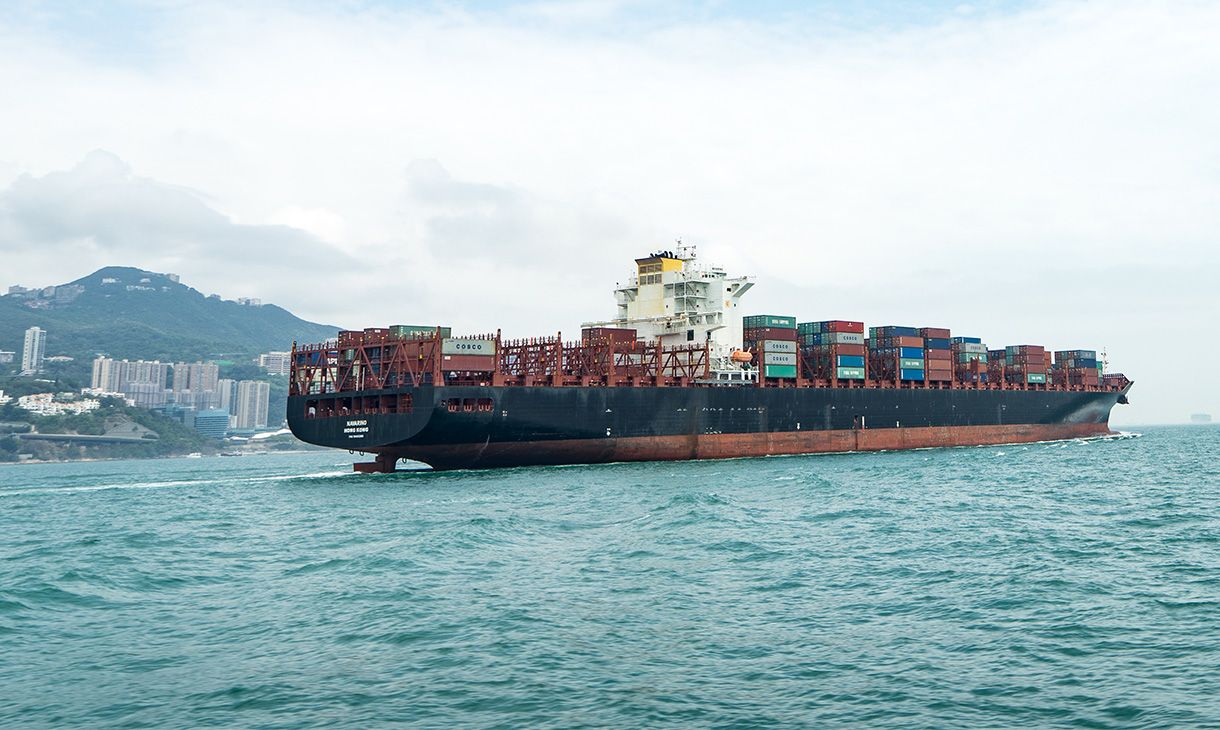
Voyage planning: How to save time and get the best route for your vessel?
As mentioned in Maritime Executive, it can take on average 3.5 hours per vessel and even more of officer time to collate a plan – manually adding elements such as ENC cells, journey waypoints and UKC calculations to a report for inspection by port state authorities and other relevant organizations. Voyage planning is laborious and can lead to human error because of repetitive manual input. Multiplied across vessels, companies and fleets it can show inefficiency, for an industry where optimal resource use and cost savings are now more important than ever.
Digital innovations make voyage planning more effective and efficient. Their objective is to minimize operators’ administrative overhead caused by fragmented tools, such as distance tables, port lists, speed consumption curves and multiple excel sheets.
Voyage planning challenges
Voyage planning is an important aspect of the ship route optimization. It helps to better monitor the voyage and the vessel position along the route considering the depth, channels, straits, tides and current, weather etc.
To get the best voyage planning, a lot of information has to be considered from various sources (Charterers, company, old voyages etc.) and International publications (Admiralty Publications). But also vessels parameters (draft, beam, length, air-draft), Piracy area, SECA area, PSSA, recommended route, distance from shore, depth of water, current direction, weather, navigational hazards, TSS, national and international regulations etc. to plot the safest, shortest navigable route and to meet the charterers requirements of laycan.
Input vessel’s draft to Simplify voyage planning
Some digital solutions already exist to plot the shortest and safest route. But few, if any, can take all above parameters into consideration and return a route specific to your vessel — since vessel as per their size and draft plots route differently — which is the shortest, safest and most navigated (following AIS data) route by the ships.
As an example, let’s consider a vessel with following information:
- Length: 400 meters
- Beam: 50 meters
- Draft: 22 meters
- Voyage: from Rotterdam, Netherlands to Singapore
Reed’s Marine Distance table: 8350 NM (Via Suez Canal). There is no option to avoid Suez Canal hence HRA area, no particular regard to maximum permissible Suez Canal transit draft. No depicted route etc.
Voyage planning without vessel’s draft input
If we consider ship routing following the solution below, the shortest and safest route from Rotterdam, Netherlands to Singapore for the vessel mentioned above goes through Suez Canal.

We get the distance as 8431 NM including 394NM in SECA zone. There is no consideration of Vessel Particulars. No consideration as well if the vessel can pass through Suez Canal, Malacca strait or Singapore strait. Stakeholders have to gather data from various sources (official information, Local agents, ports etc.) to confirm if the vessel with the present draft can sail through the respective canal. This is time consuming, and if not considered can lead to all the wrong calculations and operational management.
Stay focus on your core business, let us do the math
Searoutes API considers all the vessel parameters and makes the route, vessel specific, since we know the conditions which affect route planning and that routes differ from vessel to vessel as per their draft, beam and length. We know that the shortest, safest route for a small vessel with 5000 dwt will be different from a 200,000 dwt one. This will have an impact on the distance calculation and therefore will affect all the operational decisions and finally will have a huge impact on the cost.
To calculate the accurate distance and route we integrate below parameters for the user input:
- Port of departure (Required)
- Port of Arrival (required)
- IMO number (for vessel particulars)
- Vessel draft
- Areas to avoid (Canals/straits, piracy, SECA etc.)
- Speed (to get calculated ETA)
- Departure time (to estimate ETA, if input is the actual departure time it will return accurate ETA)
Let’s consider the same example for a voyage from Rotterdam, Netherlands to Singapore with the same vessel’s characteristics.

After, user input these parameters to get the shortest route, the return will be around the cape of good hope with a distance of 11851.3 NM including SECA distance: 417 NM, and not through Suez Canal (distance: 8481 NM), as the vessel cannot transit the Suez Canal due to Draft Limitation. Furthermore, with the correct and accurate distance you get the correct ETA it saves valuable time and money. Therefore, if anyone returns the shortest route through Suez, it won’t be accurate. It will lead to all the wrong calculation of ETA, bunker, and all operational decisions. This can have a Huge impact on the company.
Result of Searoutes API, Rotterdam, Netherlands to Singapore, shortest, safest and most navigated route, as per vessel’s particulars. Route going through Cape of Good Hope and Sunda Strait.

If we consider the same vessel in ballast condition with draft of 16 mtrs, then the vessel can transit the suez canal with the current draft to load port. This can be easily done with the use of our API.
Conclusion
Searoutes is dedicated to provide the realistic data with accuracy. As for route computation we take into account vessel particulars considering draft, beam, length, navigational hazards, TSS, etc. We return the vessel specific route, as the user input the IMO number of the vessel. Our route is more realistic as we take the data points from the AIS of the vessel. The returned route is shortest, safest and most navigated. As in Searoutes we know that routes are specific for a given vessel. Indeed the shortest route may not be through a canal but around it. This will have an impact on the ETA, operational decisions, and all other calculations.